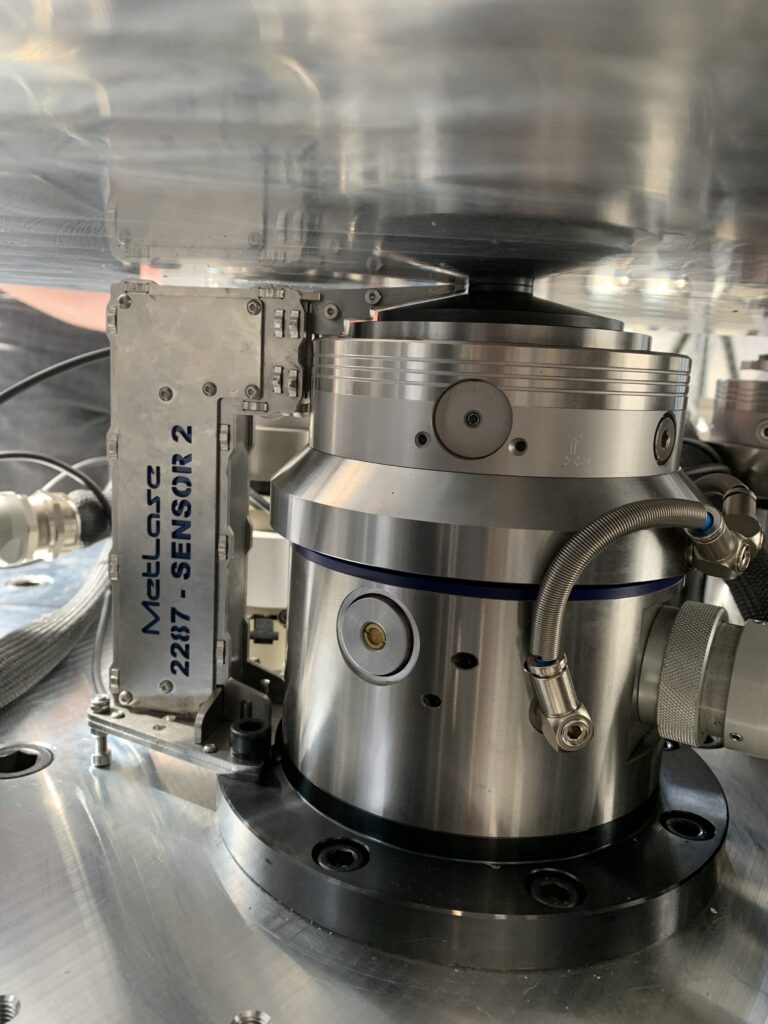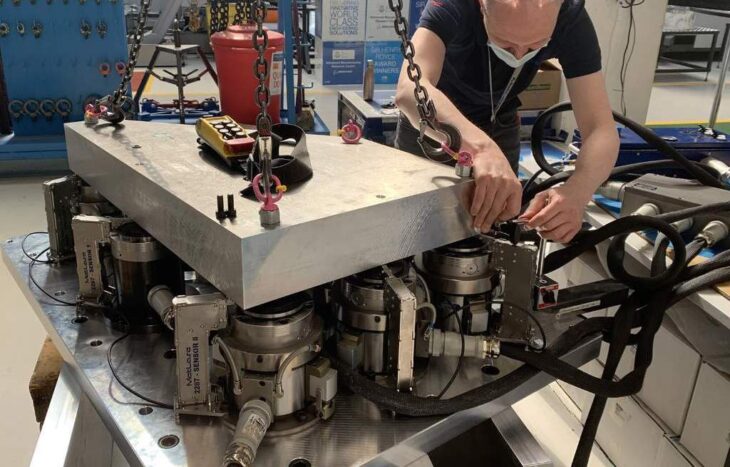The Advanced Manufacturing Research Center (AMRC) at the University of Sheffield in the U.K. completed a series of trials of smart machining processes. The trials involved the implementation of specialized sensor units on existing machine tools that are used to produce lightweight structural airframe components.
The trial was focused on two main goals. First, the AMRC wanted to improve the manufacture of 7000-grade aluminum alloys for aerospace components, which are known to have internal residual stresses. As a result, these types of 7000 series alloys have a tendency to warp during machining, especially with thin-walled components, as this warping can lower the geometric stiffness of the final part.
The AMRC’s second aim was to test how low-cost Industry 4.0 sensing technologies could be retrofitted onto existing machining equipment. The trials would show whether adjusting the machining process in this way would enable the equipment to sense any warping as it is happening and then respond and compensate as the part is being cut. This would also allow for better geometrical accuracy of the final component.
For this project, the AMRC collaborated with MetLase, an engineering solutions company based in Rotherham, U.K., which supplied its MetElement sensor system. The companies worked closely together to install the sensors on the existing off-the-shelf equipment and run the trials.

Eight specialized distance sensor units (using low-cost smartphone-grade sensors) were installed on the machine tool in such a way that they would not interfere with the cutter path. In addition, the sensors were designed to not be damaged by neither the swarf generated by the milling operation nor the flood-cutting coolant. As the trials were conducted, MetLase worked with the shop-floor machine operators to ensure that the 3D display produced by the sensors provided the correct information in an easily digestible format.
“We have a strong relationship with the AMRC, so used this collaborative partnership to work with its engineers to explore how sensors could be used in adjusting the machining process in real time, compensating for any warping as the part is being cut, and delivering better geometric accuracy in the final component,” Richard Gould, business development manager at MetLase, told Aerospace Manufacturing Magazine. “Leveraging the power of MetElements, we were able to give live feedback about the component’s geometric condition during the milling process, with a 3D display created that showed how the component was distorting in near real-time (60 Hz).”
Both AMRC and MetLase found the trials were successful, with the results showing a 12% reduction in the final part weight due to the reduction in wall thickness.
“MetLase has been instrumental in the implementation of sensor technology throughout this project, working with us from the start and then supporting us with its own design, engineering, and digital manufacturing expertise,” said Daniel Smith, technical fellow on the Aerostructure and Landing Gear team at the AMRC. “It has delivered several tangible results, but importantly has given us a solid use case on how industry could retrofit low-cost smart [Industry] 4.0 sensing to existing off-the-shelf-machining equipment.”

